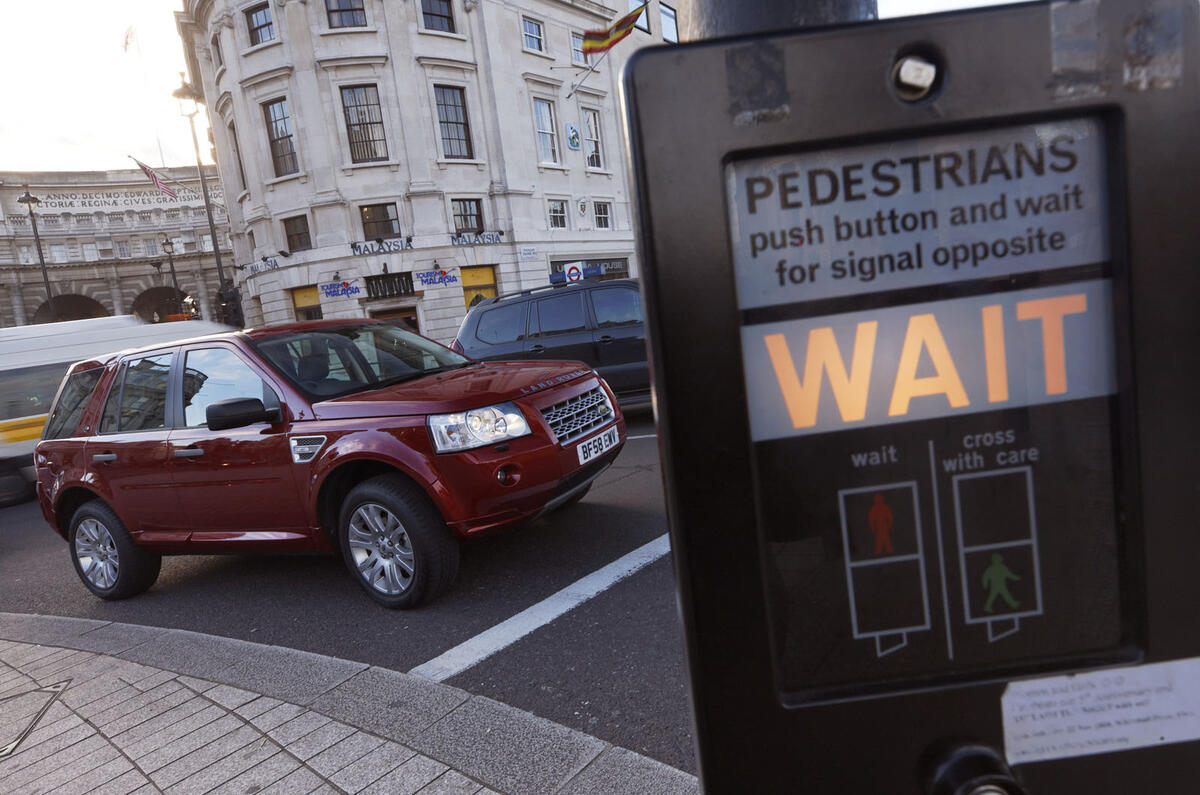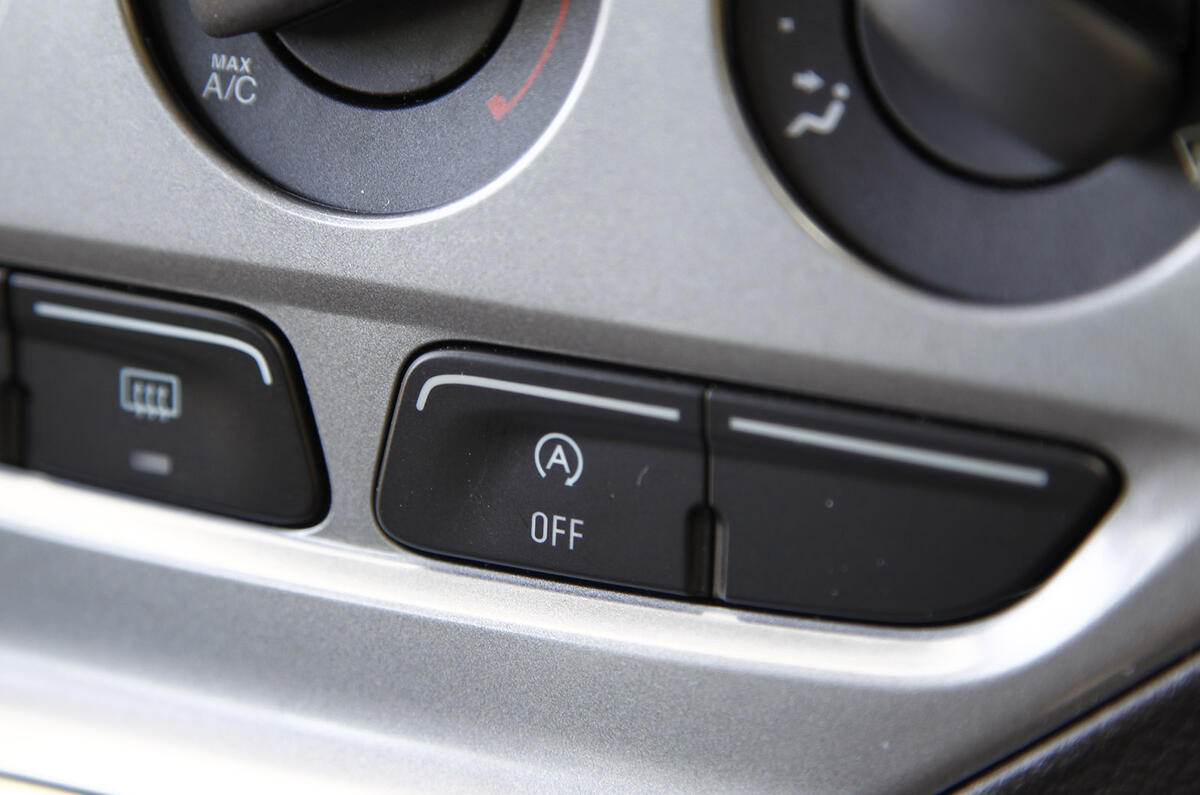A car’s start-stop system does what it says on the tin: it automatically stops the engine when a vehicle is stationary, and restarts the car when it’s time to move away. It’s all in the interest of reducing CO2 emissions and fuel consumption, but will the durability and longevity of a combustion engine be affected in the long term?
What does stop-start mean?
Stop-start systems are fitted to the vast majority of modern cars – from superminis to supercars – in order to reduce emissions and fuel consumption. There are a number of different systems on the market, but they all fundamentally do the same thing.
In hybrid cars, start-stop systems allow the engine to cut out during periods of low throttle loads, when coasting downhill, or when deaccelerating from higher speeds.But whatever system, or type of car you have, the engine will restart quickly as soon as you engage the clutch in a manual, or release the footbrake in an automatic. A good system – truth be told most are – will cut in and out almost imperceptibly.
How does stop-start work?
Using the now-ubiquitous system, the car will detect when it is either stationary or out of gear, and will halt fuel delivery and spark to the engine to effectively pause the combustion.
In the case of hybrid cars, a limited amount of torque can be supplied by the car's electric drive motor while the engine is off, although it's usually only enough to maintain speed on a level grade or around town. The ignition starts again when the car begins moving, the clutch is pressed or more power is needed.
Once the system is activated all of this happens automatically, requiring no input from the driver. The systems typically kick in when the car is switched on, but they can be deactivated manually by pressing a button – usually identified with a capital A icon, with an arrow circling clockwise.







Join the debate
Add your comment
Update the story please!
Don't Panic!
Positive crankcase ventilation (PCV)
Exhaust gas recirculation (EGR)
Vacuum amplifiers
Electronic ignition
Lead-free gas
Oxidizing catalytic converters
Air injection systems
Electronic Engine Controls
Fuel injection
Reducing catalytic converters
Sealed fuel tanks
Vapor recovery systems
Vapor recovery fuelers
Cam and crank timing sensors
Knock sensors
Mass airflow sensors
Manifold Absolute Air Pressure Sensors
Free oxygen sensors
Electronic throttle control
Variable valve timing
Low sulfur fuels
Diesel particulate traps
Hybrid ICE/battery electric vehicles
Multi-speed transmissions
Continuously variable transmissions
Multi-clutch transmissions
Urea injection and selective reduction catalysts
Direct fuel injection
Turbocharging
Intercoolers
...and most recently:
48V mild hybrids with start/gen units
LiIon batteries plus electric turbochargers
Continuously variable compression ratio crankshafts
...and, soon, camless valve systems?
With every add-on, stories like this one surfaced. But today's cars are more reliable than ever.
I should add that that long list of add-ons suggests we are nearing a tipping point for internal combustion engines. The work to create today's ICE cars has been fantastic....yet all are far more polluting than a simple electric vehicle.
Fasteddie
I worked it out once and it'll take over 7 years to pay for itself, and that's if the battery doesn't fail, have you seen the extra cost of stop start batteries! let alone the cost of a stop start starter motor.
The first thing me or the wife does after starting the car is turn it off! Apparently BMW's can be reprogrammed to do this by default, true BMW owners????
TL;DR: The engineers have